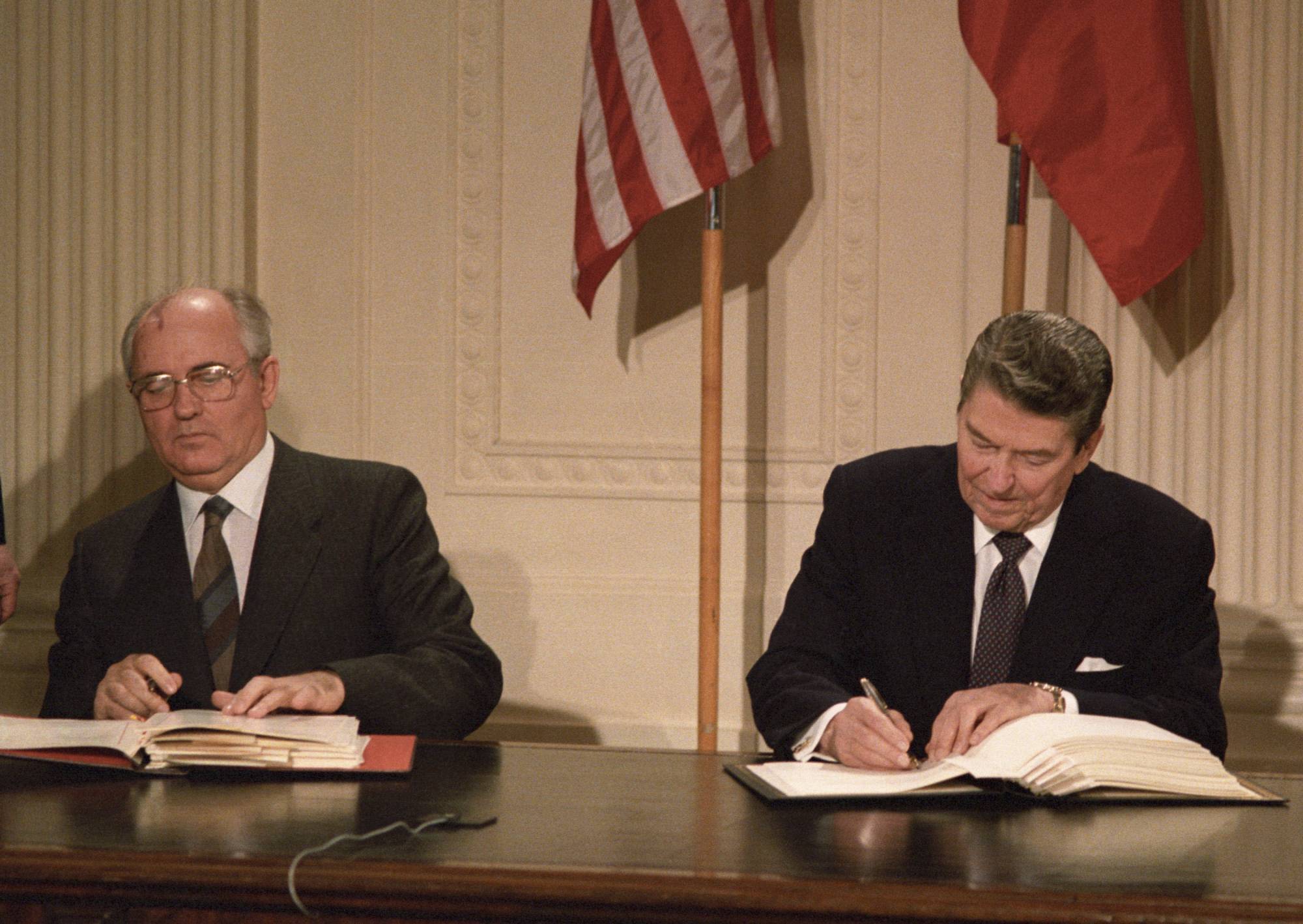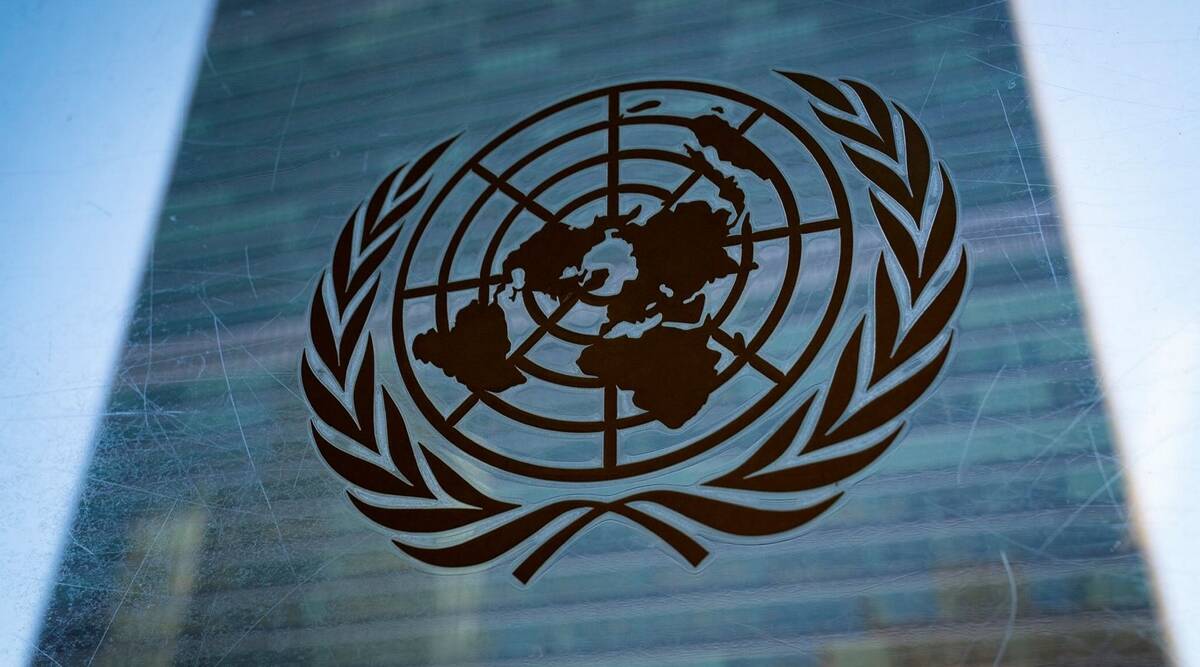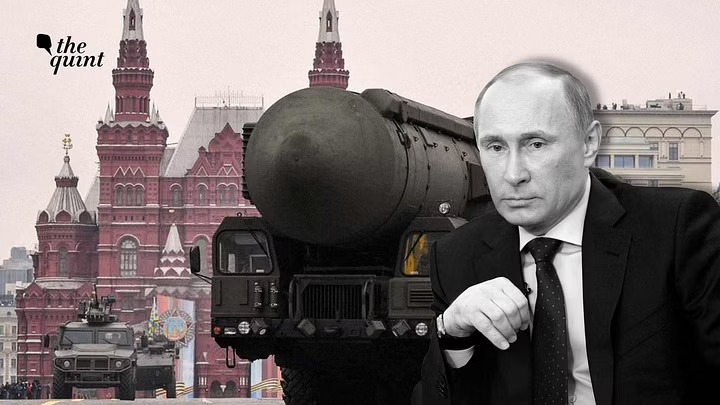Mikhail Gorbachev’s Nuclear Legacy in Tatters
THE JAPAN TIMES
APLN member Ramesh Thakur wrote for The Japan Times on Gorbachev’s nuclear legacy, arguing that the Soviet leader deserves much credit for mitigating the risk of a Cold War nuclear conflict. Read the original article here.
The much-postponed 50th anniversary NPT Review Conference ended in New York on Aug. 26 without an agreed final document.
Russia rejected the draft text because it expressed “grave concern” over military activities around Ukrainian nuclear power plants, including Zaporizhzhia that is currently under Russian control. Four days later the eighth and last Soviet leader, Mikhail Gorbachev, died in Moscow, aged 91. It was a fitting symmetry in that Gorbachev had done more than any other leader of a nuclear-armed state to try to abolish nuclear weapons but failed.
In his State of the Union address in Jan. 1984, U.S. President Ronald Reagan addressed the Russian people: “The only value in our two nations possessing nuclear weapons is to make sure they will never be used. But then, would it not be better to do away with them entirely”?
The Reykjavik Summit was held on Oct. 11–12, 1986. Gorbachev and Reagan had left Geneva in October without a nuclear arms control agreement. Reagan’s proposed Strategic Defense Initiative (SDI) had proven a deal breaker. Yet the two leaders struck a personal rapport. In a handwritten letter to Gorbachev in November, Reagan recommitted to the eventual elimination of nuclear weapons.
Gorbachev responded in January with “an unprecedented program to completely eliminate nuclear weapons” by the end of 1999 in three stages, followed by the adoption of “a universal agreement … that these weapons shall never be resurrected again.” Reagan’s reply the next month held firm on SDI but proposed a reduction in strategic ballistic missiles and the elimination of intermediate nuclear forces over the next few years.
Both leaders faced strong domestic resistance to their vision of nuclear elimination and decided on a second summit to overcome internal inertia. At Reykjavik they agreed to a de facto program of global zero by embracing all categories of nuclear weapons, but Reagan would not budge on SDI because he viewed it as critical to achieving progress on reductions leading to the elimination of all nuclear weapons.
Nonetheless, much to the astonishment of their respective aides and allies, the discovery of a shared sentiment on the principle of nuclear abolition proved to be a hinge moment in history. The summit “paved the way” for the Intermediate-range Nuclear Forces (INF) Treaty in 1987 and the Strategic Arms Reduction Treaty (START I) in 1991.
As the first nuclear disarmament agreement, INF made a tangible contribution by the two nuclear superpowers to the implementation of their disarmament obligations under Article 6 of the NPT. It prohibited the development, testing and possession of ground-launched cruise and ballistic missiles with a range of 500km to 5,500km, whether armed with nuclear or conventional warheads. At the signing ceremony, Reagan and Gorbachev jointly affirmed that “a nuclear war cannot be won and must never be fought.” They noted that the INF treaty was “historic both for its objective — the complete elimination of an entire class of U.S. and Soviet nuclear arms — and for the innovative character and scope of its verification provisions.”
By the implementation deadline of mid-1991, 2,692 U.S. and Soviet missiles had been destroyed, of which about two-thirds were Soviet missiles. Thus the INF made a significant contribution to the security of Europe as the front line of the Cold War divisions and also underpinned broader international security for 30 years.
Notwithstanding the collapse of the Soviet Union and alongside the denuclearization of Belarus, Kazakhstan and Ukraine, the implementation of START I was completed by December 2001, reducing the delivery vehicles (ICBMs and bombers) to 1,600 carrying no more than 6,000 nuclear warheads. This was a staggering 80% cut in the existing number of strategic nuclear weapons. START I lapsed in December 2009 and was replaced in 2010 by New START for 10 years that has now been extended for another five years.
Gorbachev resigned from the presidency in ignominious circumstances on Dec. 25, 1991, but retained an interest in world affairs and in particular on legacy nuclear issues. In Jan. 2017 he worried that “the world is preparing for war.” In an article in The Washington Post on Oct. 11, he issued a poignant plea to the Russian and U.S. presidents. Amid mutual recriminations of INF treaty violations in both letter and spirit, Gorbachev noted that outsiders lacked access to the facts to evaluate the competing claims. The technical issues in contention reflected the deterioration in the larger underlying political relations. Only “dialogue based on mutual respect” could rescue them from the growing crisis. He urged the two leaders to hold a summit to strengthen strategic stability.
After U.S. President Donald Trump announced his intention to withdraw from the INF in October 2018, Gorbachev warned the move would undermine disarmament. When the U.S. ditched INF in February, Russia quickly followed suit and the treaty lapsed on Aug. 2.
There are very few people of whom it can be said: They changed the world. Gorbachev was one of those exalted few. He was lauded abroad for having ended the Cold War with not a shot fired as Warsaw Pact countries regained independence, the Berlin Wall was torn down and Germany reunified in 1989–1990. He reversed the arms race and dismantled tens of thousands of nuclear weapons. Yet he was loathed at home for the policies of glasnost and perestroika which destroyed the sclerotic Soviet Union, dismembered the two-continent Soviet empire, shrunk the Russian nation and immiserated the Russian people.
All things considered and as acknowledged in the many glowing tributes from world leaders, in a brief reign of under seven years (1985–1991), Gorbachev was the world’s most consequential political leader of the second half of the 20th century. A tragic might-have-been of modern times is the West’s failure to seize Gorbachev’s offer of full partnership to forge a new nuclear, European and world order. Bickering over Russian military activities around nuclear plants in Ukraine at the inconclusive 10th NPT review conference is, in the end, a fitting symbolism of noble aspirations nobbled by harsh reality.
Image: Then-Soviet leader Mikhail Gorbachev and U.S. President Ronald Reagan sign the Intermediate-Range Nuclear Forces Treaty in the White House in December 1987. | REUTERS




![[JPN] Japan’s Dilemma between Nuclear Deterrence and Nuclear Disarmament](https://cms.apln.network/wp-content/uploads/2021/01/writing-1209121_1920.jpg)